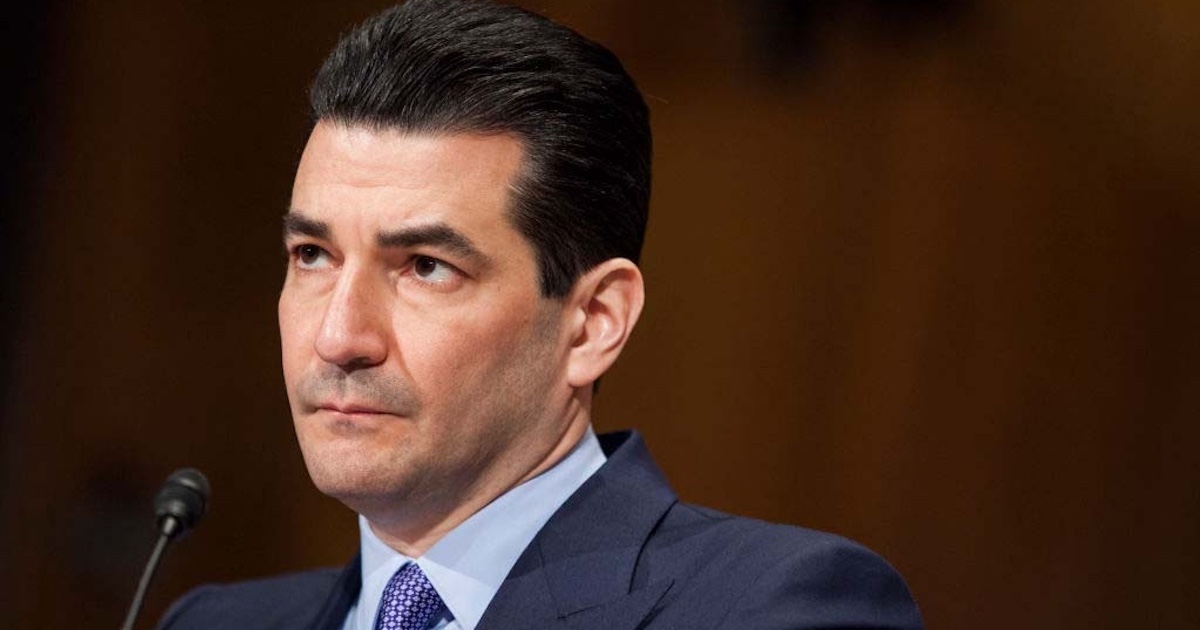Apple unveiled its eagerly-anticipated Watch on Tuesday and some mHealth experts are already saying it is just another smartwatch — albeit one with tremendous potential to legitimize the market.
Calling it "the most personal device we've ever created," Apple CEO Tim Cook explained that it is a combination health and fitness tracker, walkie-talkie and Apple TV remote. "Because you wear it, we invented new intimate ways to connect and communicate directly from your wrist.”
Whether that degree of innovation will appeal to healthcare providers remains to be seen.
"There's no question that healthcare organizations will take advantage of the Apple Watch's advanced health tracking and monitoring capabilities, especially with that data available to third party apps that both providers and payers are likely to build," said Ryan Kalember, chief product officer at WatchDox.
Not everyone is enamored with the smartwatch phenomenon. Greg Carissi, Frost & Sullivan's senior vice president of health and life sciences, said smartwatches won't solve the underlying problems facing healthcare these days.
"While the industry will be talking, writing and forecasting the impact of Apple's upcoming iWatch release, the reality is the iWatch won't move the needle on lowering healthcare costs in the U.S.," Carissi said. "Why not? There are challenges to address in leveraging the growth in mobile health technology and applications to deliver on the promise of a real change in health outcomes and costs in the U.S.”
Then again, it is from Apple, the groundbreaking company that brought us the iPhone, the iPod and the iPad. And it will – someday – be linked with HealthKit, which may – or may not – offer a new avenue for mobile healthcare apps.
Not alone in smartphone market
While Apple is garnering all the attention, an announcement made one day earlier by rival Jawbone, the developer of the UP wearable monitor, might be more meaningful.
The company, which is laboring to find its place in a market crowded by the likes of Nike, Apple, Intel, FitBit, Samsung and Google, announced that its UP software will now incorporate data from other fitness devices. Company spokesman Jim Godfrey said the move to an open platform is designed to accelerate sales of its activity-tracking wristbands.
Godfrey said the company isn't planning on shelving its hardware platform, unlike Nike, and may unveil some new or improved sensors in the near future. The UP platform currently monitors workout activities, sleep patterns and food and drinks consumed.
The move toward interoperability offers more hope for consumer acceptance than any number of flashy new products.
Slow market growth so far
While Apple’s sleek new device – originally rumored to be called the iWatch – drew its fair share of praise from those in attendance at the grand launch, it's still, on the surface, just another smartwatch. And the incorporation of health and fitness trackers isn't new.
Many of the exuberant comments lavished on the Apple Watch, in fact, focused on the fact that it can come in one of six different bands (including leather and metal) and several colors and two sizes. It looks cool, so will it be popular?
The Apple Watch doesn't necessarily break new ground, but it does legitimize the smartwatch market – an important first step in moving the industry out of the "fad" phase and into something more consumer-friendly.
"Apple has raised the bar on what a smartwatch can be, but just as with the iPhone, Tim Cook has deliberately aimed for a high-priced, aspirational, slice of hardware," Evan Spence wrote in Forbes. "That leaves a huge potential market for other manufacturers to create more value, be it through price, features, materials or platform support."
Despite this flurry of interest, the wearable market isn't taking off. Only about 14 million fitness bands and activity trackers and about 2 million smartwatches were sold between March 2013 and March 2014, according to the NPD Group and Strategy Analytics. Of global smartwatch owners, 51 percent have strapped on a Samsung device, 17 percent use Sony, and 6 percent own a Pebble smartwatch, according to a study by Kantar Worldpanel ComTech.
And like all other smartwatches on the market, the Apple Watch will also face its fair share of privacy and security concerns.
"While the watch is poised to be a powerful tool, it also presents new challenges for healthcare IT teams as they navigate the associated security and compliance concerns,” WatchDox’s Kalember said. “With the number of healthcare breaches on the rise, healthcare organizations must shift their focus from device security to protecting the actual patient data as it travels from Apple Watch to their servers and back again."
The art of the possible
Apple’s CEO Cook explained during the launch event that the company hopes independent developers will create “things we can’t even imagine yet.”
That “art of the possible” strategy has proven fruitful for Apple with its iPhones and iPads and may follow suit with the Watch and HealthKit.
“What Apple is doing with HealthKit (and Epic and Mayo) is the important event to track and analyze,” Frost and Sullivan’s Carissi said.
The Apple Watch, which retails at $349, will be available early next year. And while the smartwatch can function on its own, it works much better when teamed with an iPhone, which enables it to access the Internet and GPS coordinates.
Related articles:
Q&A: How Apple and IBM envision hospitals using mobile-first platform


